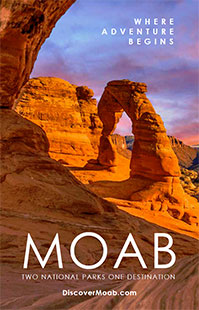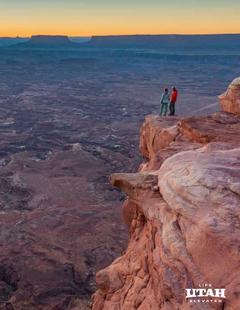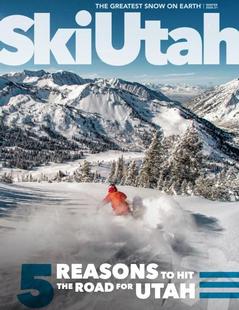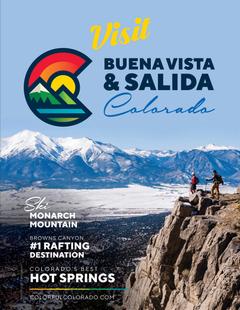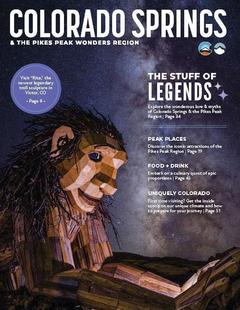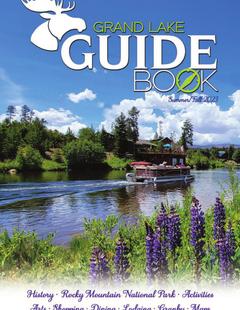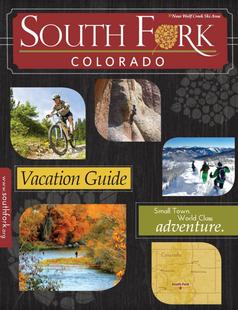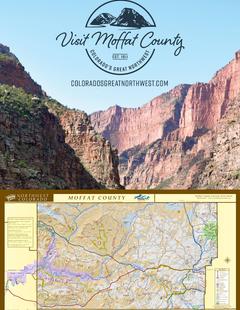Description
Utah has five national parks: Arches, Bryce Canyon, Canyonlands, Zion and Monument Valley Navajo Tribal Park. They are all in southeast Utah within a relatively small radius of each other, all the result of similar geologic events and yet all are unique.
Visiting any of the Utah national parks is an amazing experience because you get to see, like no other place on the planet, the raw, exposed physical history of the land we walk on. 65 million years ago in south-central Utah the earth's crust warped and folded over itself into an S-shape that spans 100 miles. We call this Capitol Reef National Park and what we see today is the result of water erosion common to most Utah national parks.
These rivers, the result of glaciers and inland seas, carved through the land leaving behind impossible shapes of unusual color. For instance Bryce Canyon National Park is made up of hoodoos. A hoodoo is both a fantastic word and a kind of rock spire layered with red, white and orange colored rock. In the actual Bryce Canyon a bunch of hoodoos came to form a giant amphitheater. It looks like the kind of thing kids make at the beach by dripping wet sand into pillars.
Erosion is also responsible for three other Utah national parks. In Canyonlands there are caves throughout the canyons and many still contain well-preserved ancient pueblo homes. The icons of Arches National Park are the result of disturbances in the water flow and today you can walk right up to and even sit under many of them.
Perhaps the most intimate experience with the power of rivers is a hike through The Narrows at Zion National Park. It is one of the top ten adventures in the country and worth a trip specifically for the experience.















